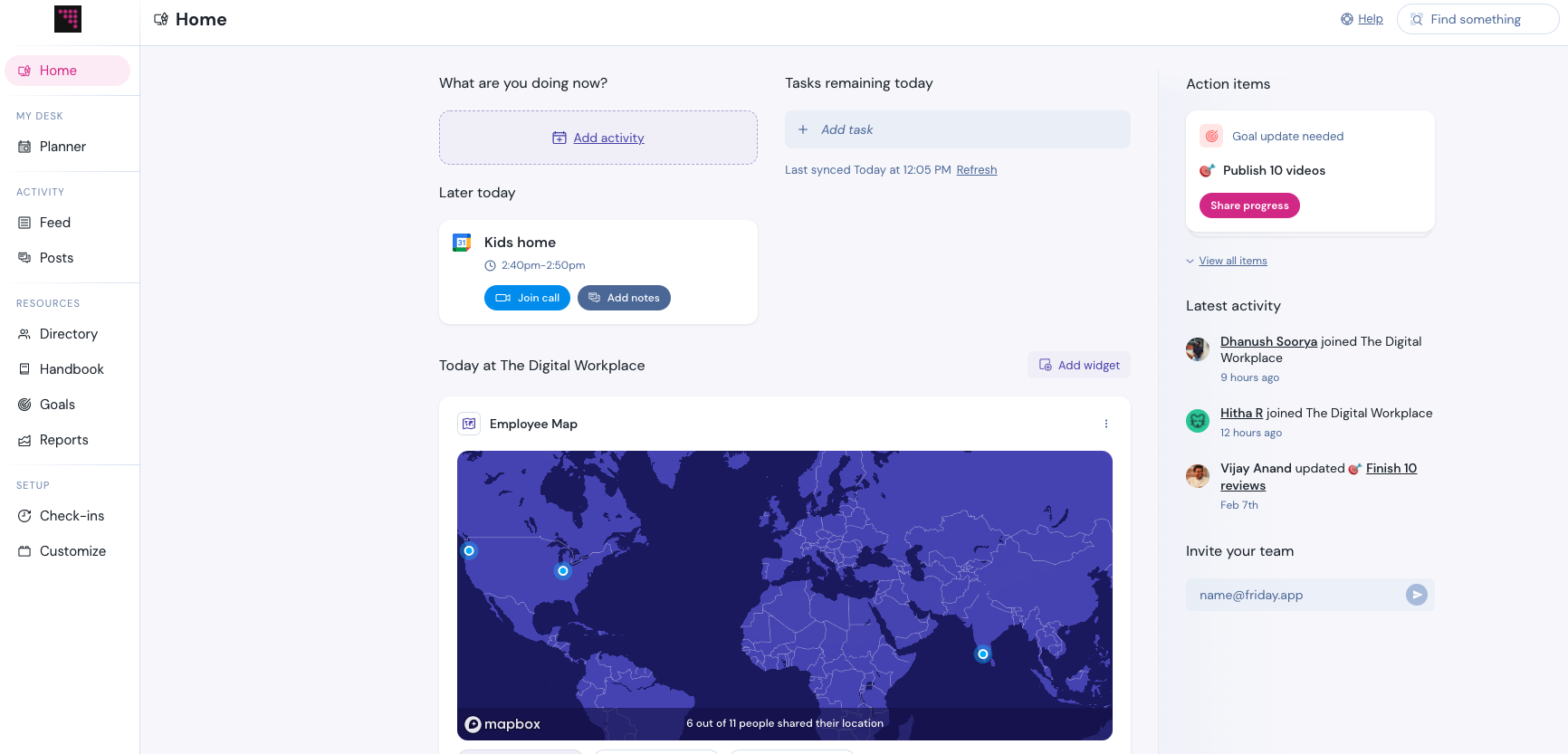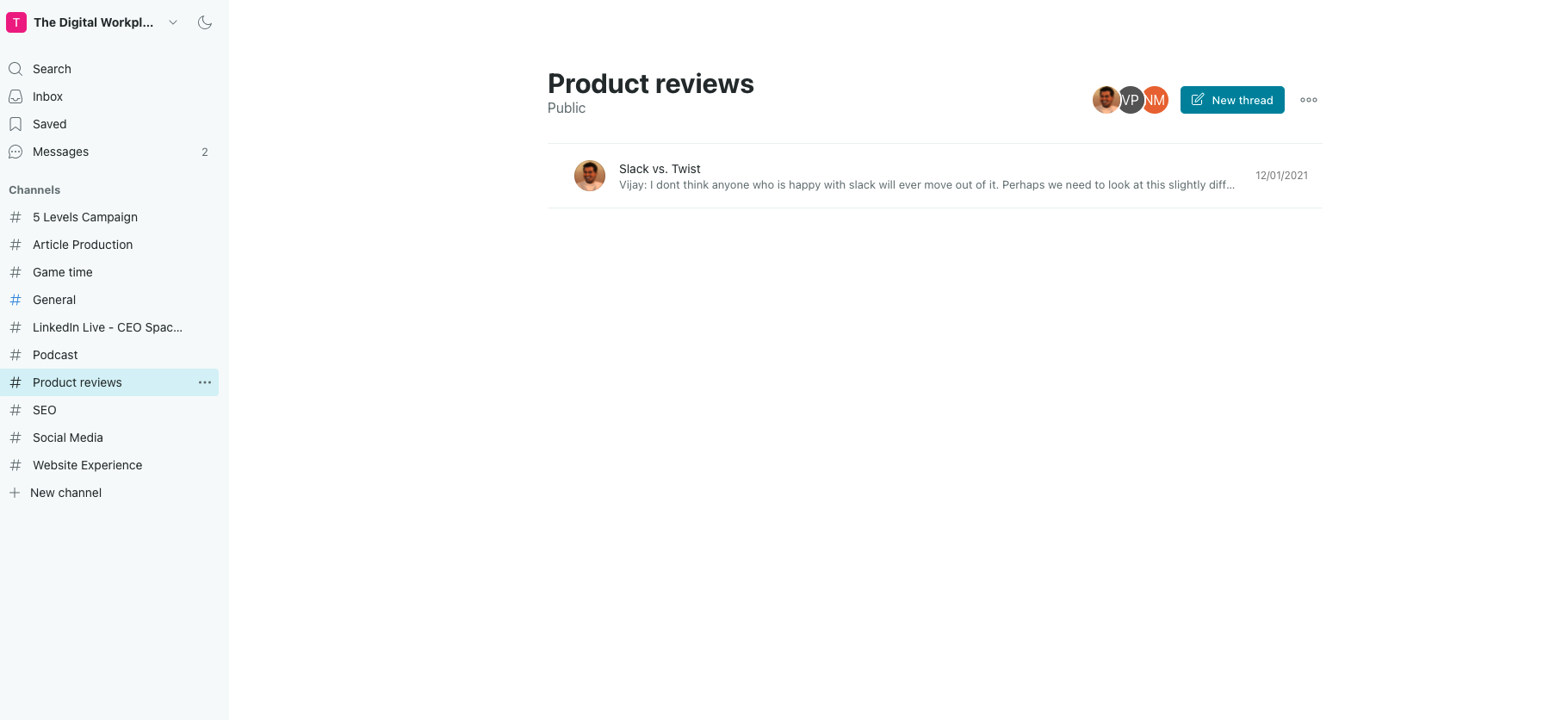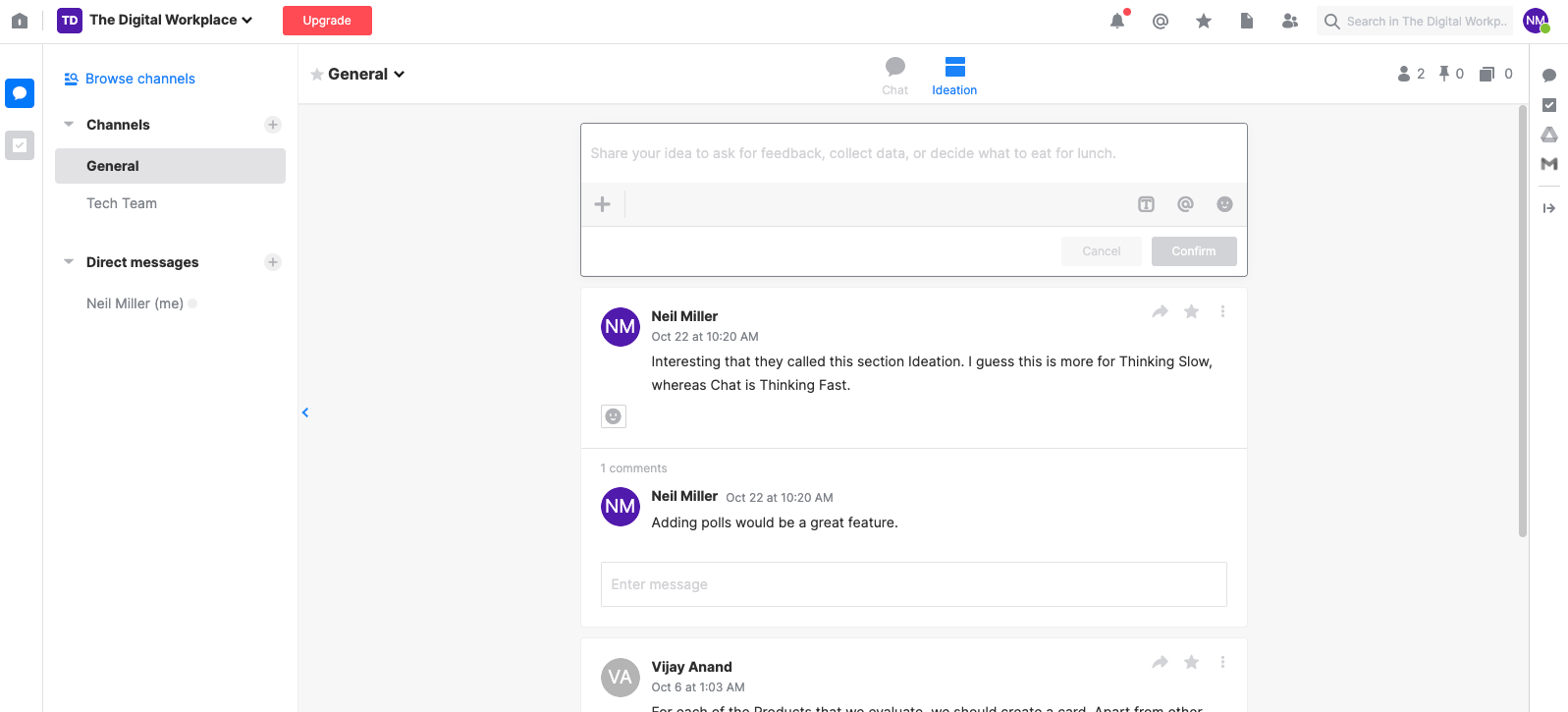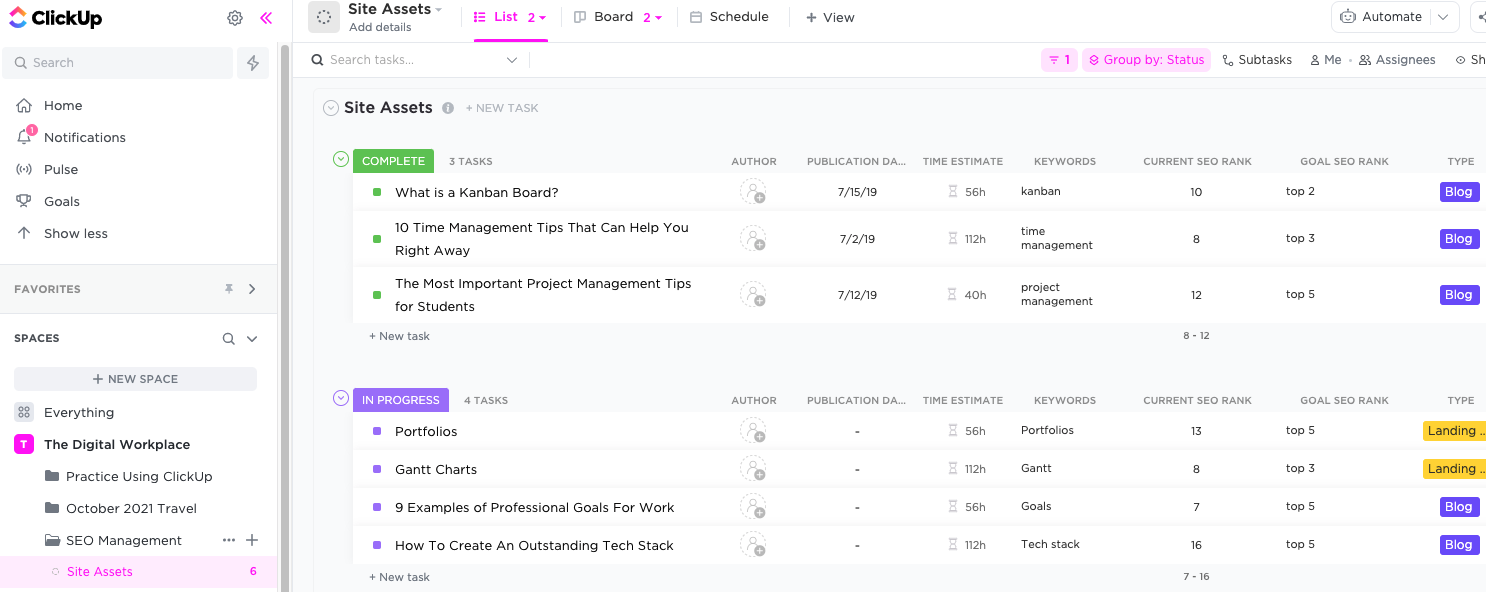I know it’s 2020 and we should be ready for anything, but I was really shocked to see email back in the headlines.
With Hey and Superhuman both trying to fix email…again…we are left wondering whether it’s still worth the effort.
How has email continued to last for a long time, despite everyone saying that it’s broken and dead?

Email was awesome
Email was introduced at scale to office workers in the early 1990s. It became part of the core set of digital products organizations gave workers when they joined. No matter what your job was, you got a word processor, spreadsheets, slides, and email.
And boy, was email cool.
It had three things going for it:
1. Asynchronous text communication was super slow before email. If you wanted to send a message to someone to read at their leisure, it might take anywhere from an hour to a few days. But email made it possible to send that message instantly to individuals and large groups.
2. It was very easy to use. Everyone in the office could figure it out. Even that guy.
3. It could connect with people outside your organization privately. As long as they had an email address, they were accessible.
Email was so fantastic, we started thinking, “Well, what else can this sumbitch do?”
Load it up
Turns out, you can do a lot with email.
You can use it as a task management system–a reminder of all the things you need to get done (send yourself an email if you need to remember something!).
You can store documents, attachments, or important information in an archive.
You can use a group email to substitute for team meetings.
You can manage all the communication in a project.
You can send in leave requests, purchase orders, and other standard processes.
You can constantly hit that Send/Receive button to create a near-synchronous conversation of short messages.

All hail the king
In fact, we found email to be so useful that it started gobbling up all the land in the days when the digital workplace was an unpopulated country. Email dominated both collaboration and work management.
Email got so much land that it became the first King of the digital workplace. Every part of work started to revolve around it. You could spend your entire day in your email client and end feeling like you’d had a great day.

But the king is weak
The more we piled on email, the more people started to hate it.
Unread counts started to grow to triple and quadruple digits. Email marketing took off and somehow getting a 1% click rate became a phenomenal success. Emails got lost. Projects were delayed. Conversations were extended.
The Radicati Group estimates that more than 306 billion emails are sent EVERY DAY in 2020. Adobe research suggests that workers spend more than three hours checking email every day.
You can’t break free. You need email. You have to have it.
Three reasons email turned out to be a horrible digital workplace ruler
1. It was built to handle one use case
Email was built to handle asynchronous textual collaboration. When you stretch beyond that, it breaks.
Cal Newport suggests that asynchronous emails are poor substitutes for situations when a quick phone call would have been better. He also acknowledges that consensus building is tough. If someone doesn’t respond to a decision, are they abdicating responsibility, or thinking, or did you mistype their address?
Beyond collaboration issues, email was never meant to handle work management.
Email bad at task management.
Email is bad for storing documents and durable communication.
Email is bad for process management.
Email is bad for project management.
It’s bad, not because of the technology, or because it needs a facelift, but because it was never meant to do these things.
Krish Ashok of TCS says, “Email or Slack or Teams–they’re not necessarily designed in a way that’s actually healthy for us in the long run. We’re not designed to swim in an ocean of notifications and be relentlessly bombarded with applications that want to grab our attention.
2. Other technology took time to become more user-friendly
Email had a solid 10-20 year head start on other technology when it came to managing other types of work. Project, task, process, and case management tools took a long time to become simplified enough that a common office worker could use it without any training. That head start forced most people to rely on email for extra things.
3. And, this is why we don’t have nice things
But it’s not really email’s fault. This is what we do. Yoga pants, kale, Michelle Obama, charcuterie boards…all these things have a specific role in our society, but we want them to do everything.
The problem with email is really the problem of us. Email was built to handle one facet of work, and we forced it to do as much as possible.
Imagine it in another way. Email serves the same function as a mailbox, right? So, what if the physical mailbox outside your home got a massive digital upgrade and suddenly, you could receive letters instantly. You would switch from checking it once a day to checking it 5, 10, 20 times a day. Eventually you move your chair out there. Then you bring the TV outside and set up the bed.
This is what we did to email. We built an entire workplace around something that was never meant to be the center. And by the time we realized what we’d done, it was too late.
Winter has come
As email’s throne continues to crumble, what will happen? The battle for the heart of the digital workplace has three possible outcomes.
Timeline #1: The cool, young rebel promises she will be a better ruler.
We had a king before, so let’s look for a better one! One that’s faster, more modern, easier to use, and solves another specific problem.
This is Slack, et al, folks.
Just like the previous generation, if left to our own devices, we will try to squeeze every ounce of goodness out of Slack until it’s dry. A tool like Slack is great with expanded collaboration methods and integrations, but it’s just not built to handle most work management systems and we’ll eventually run into the same problems.

Timeline #2: The kingdom splits into small city-states.
This is called the best-of-breed approach. You find the best tool possible for each job to be done. This is appealing to organizations who have been burned from forcing tools to do more than they were meant to do. But this also creates an impossible map to navigate. Which tool do you use for which situation? Who manages all the data? What if separate tools don’t work well with each other?
Timeline #3: We rebuild the castle based on what we actually need.
This may seem the least practical, but if you are starting a new digital workplace that you want to last, it’s where you should start. Instead of relying on individual tools, look for platforms that were originally designed with the complex problems of the digital workplace in mind.
This means rewriting the constitution. It means finding a platform that can handle many types of collaboration and work management on par with the other leading point solutions out there.
Does email die in a digital workplace?
Email still has a long, healthy life ahead of it. It’s still currently the best tool for allowing people outside our organization to send us a message. It can be really good at that with advanced spam protection, filtering, threaded discussions, and more. But once you start using it for more than what it was meant for, it will start to break down.
Let email do its thing, but it’s time to officially dethrone email and replace it with something better.
I know it’s 2020 and we should be ready for anything, but I was really shocked to see email back in the headlines.
With Hey and Superhuman both trying to fix email…again…we are left wondering whether it’s still worth the effort.
How has email continued to last for a long time, despite everyone saying that it’s broken and dead?

Email was awesome
Email was introduced at scale to office workers in the early 1990s. It became part of the core set of digital products organizations gave workers when they joined. No matter what your job was, you got a word processor, spreadsheets, slides, and email.
And boy, was email cool.
It had three things going for it:
1. Asynchronous text communication was super slow before email. If you wanted to send a message to someone to read at their leisure, it might take anywhere from an hour to a few days. But email made it possible to send that message instantly to individuals and large groups.
2. It was very easy to use. Everyone in the office could figure it out. Even that guy.
3. It could connect with people outside your organization privately. As long as they had an email address, they were accessible.
Email was so fantastic, we started thinking, “Well, what else can this sumbitch do?”
Load it up
Turns out, you can do a lot with email.
You can use it as a task management system–a reminder of all the things you need to get done (send yourself an email if you need to remember something!).
You can store documents, attachments, or important information in an archive.
You can use a group email to substitute for team meetings.
You can manage all the communication in a project.
You can send in leave requests, purchase orders, and other standard processes.
You can constantly hit that Send/Receive button to create a near-synchronous conversation of short messages.

All hail the king
In fact, we found email to be so useful that it started gobbling up all the land in the days when the digital workplace was an unpopulated country. Email dominated both collaboration and work management.
Email got so much land that it became the first King of the digital workplace. Every part of work started to revolve around it. You could spend your entire day in your email client and end feeling like you’d had a great day.

But the king is weak
The more we piled on email, the more people started to hate it.
Unread counts started to grow to triple and quadruple digits. Email marketing took off and somehow getting a 1% click rate became a phenomenal success. Emails got lost. Projects were delayed. Conversations were extended.
The Radicati Group estimates that more than 306 billion emails are sent EVERY DAY in 2020. Adobe research suggests that workers spend more than three hours checking email every day.
You can’t break free. You need email. You have to have it.
Three reasons email turned out to be a horrible digital workplace ruler
1. It was built to handle one use case
Email was built to handle asynchronous textual collaboration. When you stretch beyond that, it breaks.
Cal Newport suggests that asynchronous emails are poor substitutes for situations when a quick phone call would have been better. He also acknowledges that consensus building is tough. If someone doesn’t respond to a decision, are they abdicating responsibility, or thinking, or did you mistype their address?
Beyond collaboration issues, email was never meant to handle work management.
Email bad at task management.
Email is bad for storing documents and durable communication.
Email is bad for process management.
Email is bad for project management.
It’s bad, not because of the technology, or because it needs a facelift, but because it was never meant to do these things.
Krish Ashok of TCS says, “Email or Slack or Teams–they’re not necessarily designed in a way that’s actually healthy for us in the long run. We’re not designed to swim in an ocean of notifications and be relentlessly bombarded with applications that want to grab our attention.
2. Other technology took time to become more user-friendly
Email had a solid 10-20 year head start on other technology when it came to managing other types of work. Project, task, process, and case management tools took a long time to become simplified enough that a common office worker could use it without any training. That head start forced most people to rely on email for extra things.
3. And, this is why we don’t have nice things
But it’s not really email’s fault. This is what we do. Yoga pants, kale, Michelle Obama, charcuterie boards…all these things have a specific role in our society, but we want them to do everything.
The problem with email is really the problem of us. Email was built to handle one facet of work, and we forced it to do as much as possible.
Imagine it in another way. Email serves the same function as a mailbox, right? So, what if the physical mailbox outside your home got a massive digital upgrade and suddenly, you could receive letters instantly. You would switch from checking it once a day to checking it 5, 10, 20 times a day. Eventually you move your chair out there. Then you bring the TV outside and set up the bed.
This is what we did to email. We built an entire workplace around something that was never meant to be the center. And by the time we realized what we’d done, it was too late.
Winter has come
As email’s throne continues to crumble, what will happen? The battle for the heart of the digital workplace has three possible outcomes.
Timeline #1: The cool, young rebel promises she will be a better ruler.
We had a king before, so let’s look for a better one! One that’s faster, more modern, easier to use, and solves another specific problem.
This is Slack, et al, folks.
Just like the previous generation, if left to our own devices, we will try to squeeze every ounce of goodness out of Slack until it’s dry. A tool like Slack is great with expanded collaboration methods and integrations, but it’s just not built to handle most work management systems and we’ll eventually run into the same problems.

Timeline #2: The kingdom splits into small city-states.
This is called the best-of-breed approach. You find the best tool possible for each job to be done. This is appealing to organizations who have been burned from forcing tools to do more than they were meant to do. But this also creates an impossible map to navigate. Which tool do you use for which situation? Who manages all the data? What if separate tools don’t work well with each other?
Timeline #3: We rebuild the castle based on what we actually need.
This may seem the least practical, but if you are starting a new digital workplace that you want to last, it’s where you should start. Instead of relying on individual tools, look for platforms that were originally designed with the complex problems of the digital workplace in mind.
This means rewriting the constitution. It means finding a platform that can handle many types of collaboration and work management on par with the other leading point solutions out there.
Does email die in a digital workplace?
Email still has a long, healthy life ahead of it. It’s still currently the best tool for allowing people outside our organization to send us a message. It can be really good at that with advanced spam protection, filtering, threaded discussions, and more. But once you start using it for more than what it was meant for, it will start to break down.
Let email do its thing, but it’s time to officially dethrone email and replace it with something better.
)
)
)







